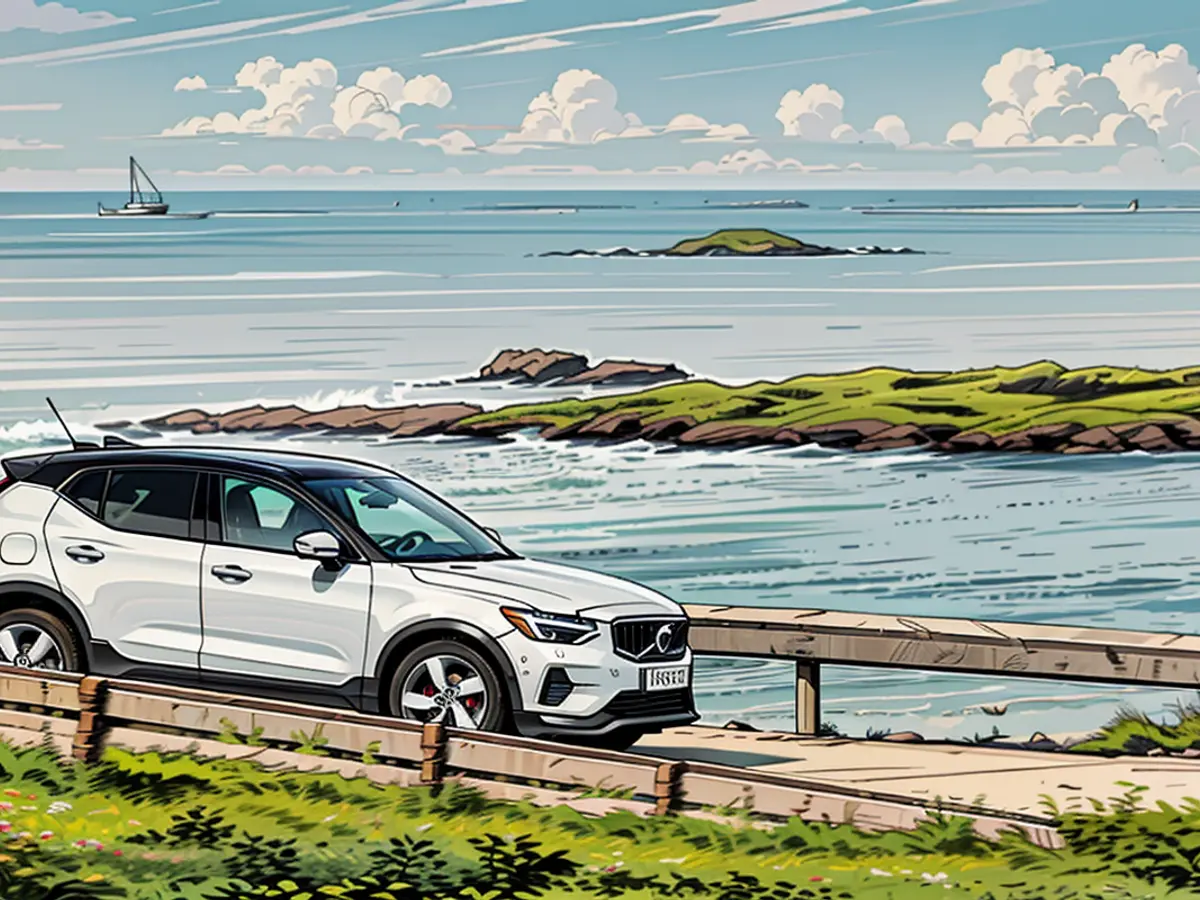Volvo EX40 road test: Is the Swedish model still cutting-edge?
As the compact Volvo XC40 debuted in the market at the end of 2017, it quickly gained attention for its sleek design in its category. Now referred to as the EX40, it has both more power and a place among the trendy elite.
While people may find old cars charming, this discussion isn't about classics but rather models that have been around for a while yet still appear stylish or are being updated to appear current – either because they look attractive or are consistently updated by their manufacturer. The excitement of owning a brand-new car fades, but in return, there's a level of maturity that results. The quality is established, and any potential issues have likely been resolved, which appeals to many car buyers.
The Volvo XC40, now the EX40, is a prime example. However, before the Swedes changed their naming scheme to feature an "E" for Electric, this compact model underwent some changes that went beyond cosmetic improvements. Consumers started noticing the high energy consumption, leading to criticism. In response, engineers stepped in to address this issue.
They simply replaced the front-axle engine with an asynchronous machine, leaving the rear axle with a permanent magnet motor. The asynchronous motor has less resistance when not powered, which led to a decrease from up to 25 kWh in average WLTP usage down to under 20 kWh.
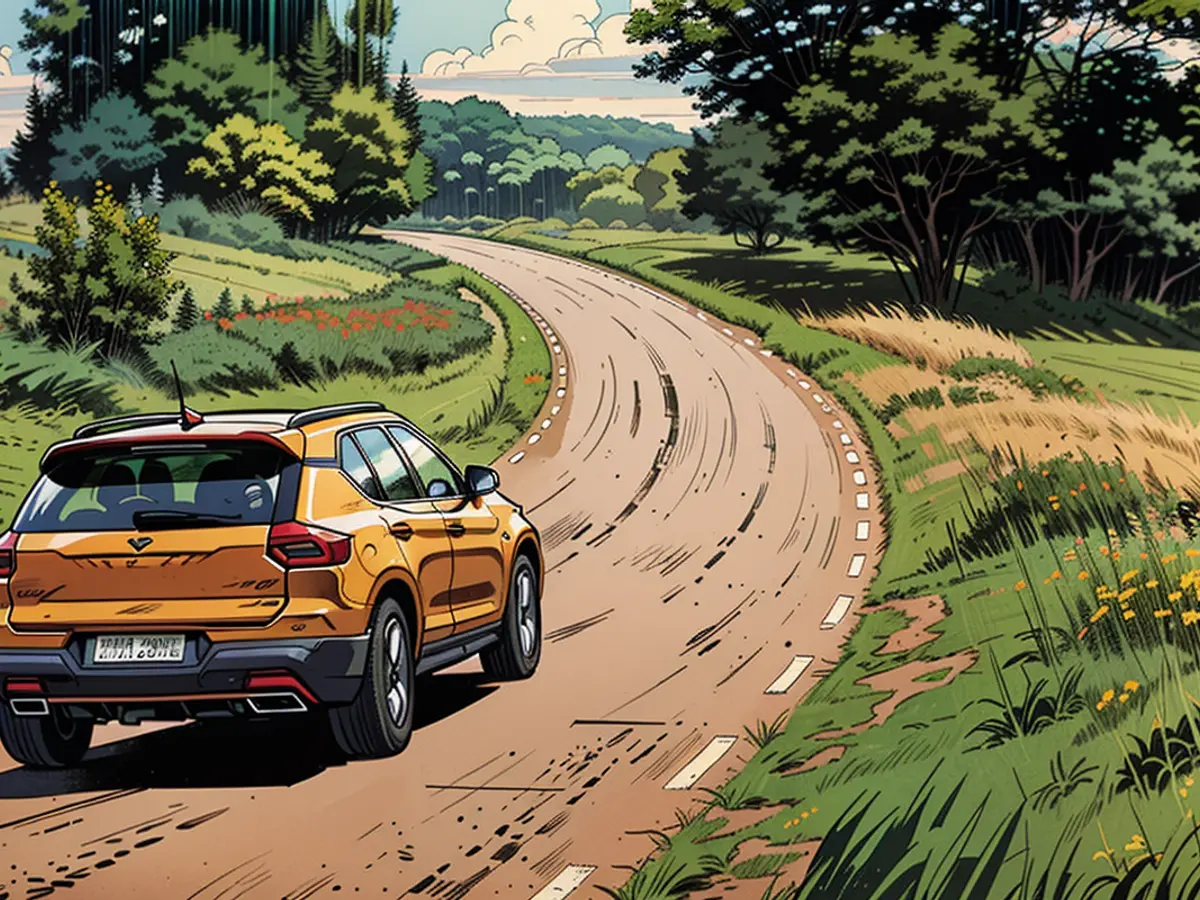
The EX40 now boasts a slight increase in power. For those who desire high-performance, they can now reach 441 horsepower (670 Newton-meters of torque) to accelerate to top speed, albeit at an additional cost of over €16,000 compared to the base model. Reaching 100 km/h takes 4.6 seconds, and the provided power is enough to unnervingly push passengers. However, at 180 km/h, all Volvos are limited.
However, the powertrain is surprisingly slow off the mark, even without considering the driving mode. It seems to take half a second for the software to receive full throttle instructions before applying maximum load.
For those who don't care about high performance, the base version could be a better fit. With 238 PS, it's far from sluggish (7.3 seconds to 100 km/h). And at a base price of €48,990, it's not overpriced. As expected, the Volvo carries significant value for money, with LED headlights, navigation, parking sensors, and a rearview camera included.
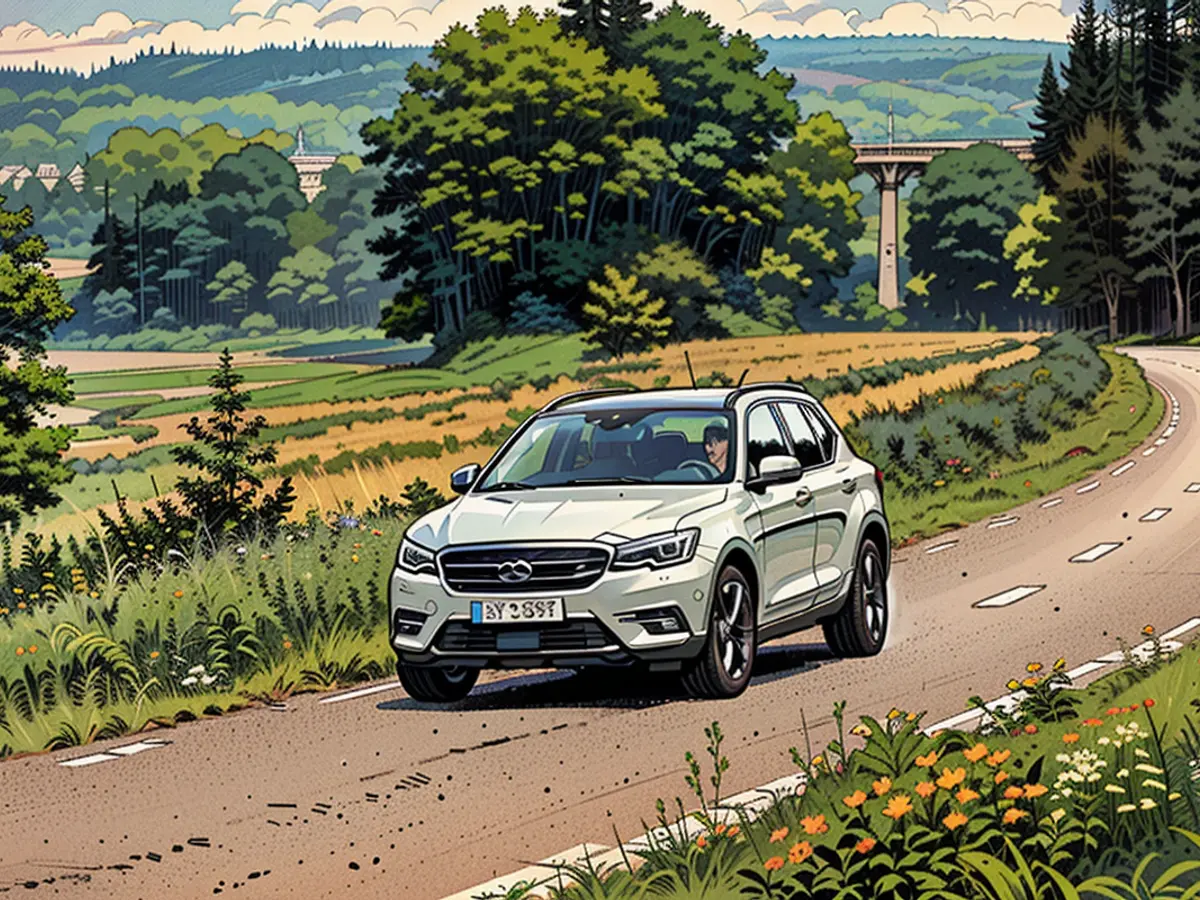
But this Volvo is a compact car, and its interior size reflects that. While feeling uncomfortable is an exaggeration, potential buyers might question the price regarding the car's dimensions.
The car's elegance shines through in the interior, but it still has some shortcomings. The quality is generally good, save for the glove compartment lid, which holds unnecessary sharp edges and cheap-looking plastic.
The seats, however, are surprisingly luxurious for this class, providing exceptional driving comfort. The premium experience is maintained. On the other hand, the infotainment system is noticeable for its age. The display is neatly detailed, but its aesthetics seem outdated compared to current trends.
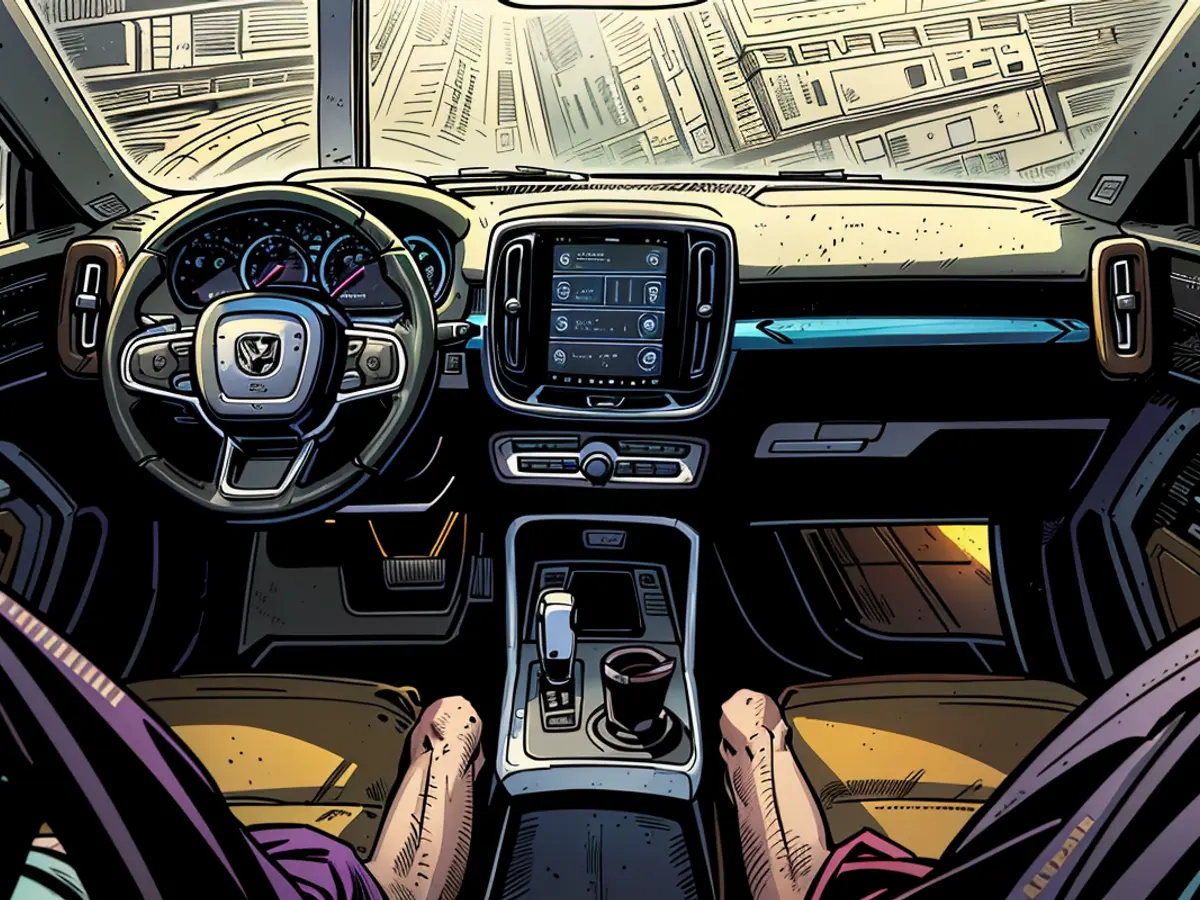
Furthermore, charging performance has been optimized for Volvo. The manufacturer now claims peak charging power of 180 kW for the version with a 67 kWh (net) battery and 205 kW for the 79 kWh net version. The charging time from 10% to 80% is 26 and 28 minutes, respectively. WLTP ranges are a minimum of 435 kilometers, while the largest battery can provide up to 576 kilometers.
In the foreseeable future, questions arise regarding the life expectancy of the compact class Volvo. Edition models like the Black Edition for €55,590 may serve as a hint that the model series' remaining life is limited. The vehicle's age of approximately seven years doesn't contradict this.
The plug-in hybrid models have already been removed from the configurator, while mild hybridized combustion engines are still available from at least €42,490. Negotiation opportunities may increase, and your local dealer may have a tempting offer.
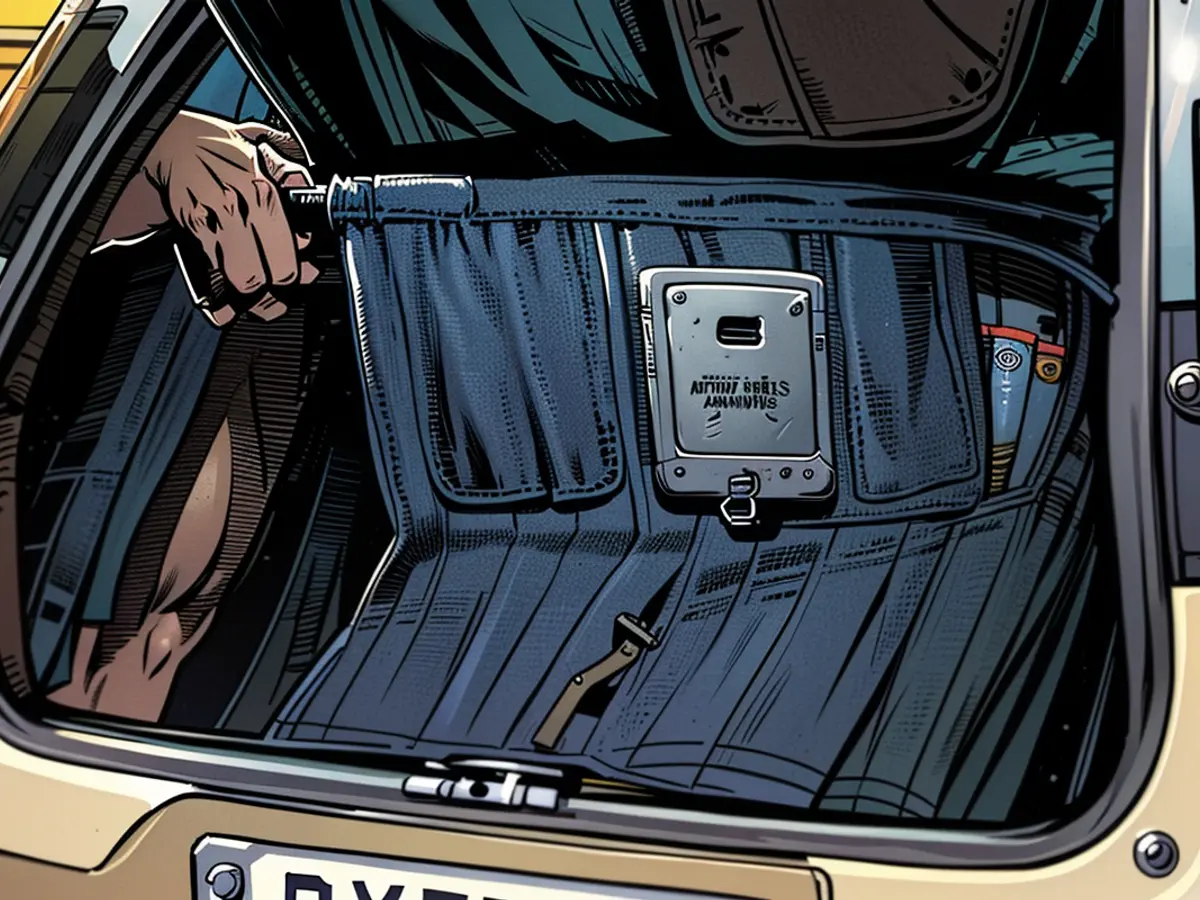
For drivers who dislike the boxy SUV look, a four-door coupe in the EC40 lineup (same segment) could be an option, starting at €51,690.
Read also:
- With the introduction of the new Volvo EX40, drivers in the compact class now have access to Volvo models that have been electrified, such as the SUV or the compact car.
- If you're in the market for a new car and prefer a compact car that offers a robust and reliable driving experience, the updated Volvo EX40 might be a great option to consider, especially considering its improvements in power and efficiency.
- For those who already own a classic Volvo car and are looking to upgrade to a newer model, the EX40 might be worth considering as it offers modern updates while still maintaining the brand's reputation for quality and style.
